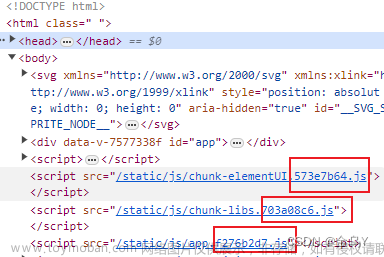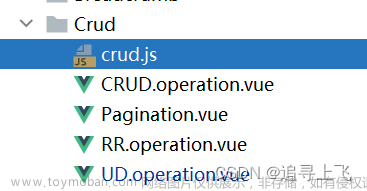-
刷新整个页面,
通过刷新整个页面达到组件的刷新,例如router上的go方法:this.router.go(0),或者location.reload(),缺点页面会出现空白。刷新页面会触发组件的beforeCreate、create、beforeMount、mounted、beforeDestory、destoryed方法。不推荐。 -
使用
v-if刷新组件,v-if:在切换时元素及它的数据绑定 / 组件被销毁并重建。如果元素是 <template>,将提出它的内容作为条件块。
使用v-if指令控制组件的刷新,这实际上就是控制组件的条件渲染,组件会被销毁和重建,当然也会触发组件的beforeCreate、create、beforeMount、mounted、beforeDestory、destoryed方法 -
使用组件内置
vm.$forceUpdate()方法,$forceUpdate()让 Vue实例重新渲染(rander)。注意它仅仅影响实例本身和插入插槽内容的子组件,而不是所有子组件。会触发beforeUpdate和updated方法文章来源:https://www.toymoban.com/news/detail-516503.html -
使用特殊attribute
key,key主要用在 Vue 的虚拟 DOM 算法,在新旧 nodes 对比时辨识 VNodes。key的改变 Vue 会重新渲染组件,详见。其会触发组件的beforeCreate、create、beforeMount、mounted、beforeDestory、destoryed方法。文章来源地址https://www.toymoban.com/news/detail-516503.html
<article :key="new Date().getTime()"> xxxxx </article>
到了这里,关于【Vue】组件的刷新的文章就介绍完了。如果您还想了解更多内容,请在右上角搜索TOY模板网以前的文章或继续浏览下面的相关文章,希望大家以后多多支持TOY模板网!










